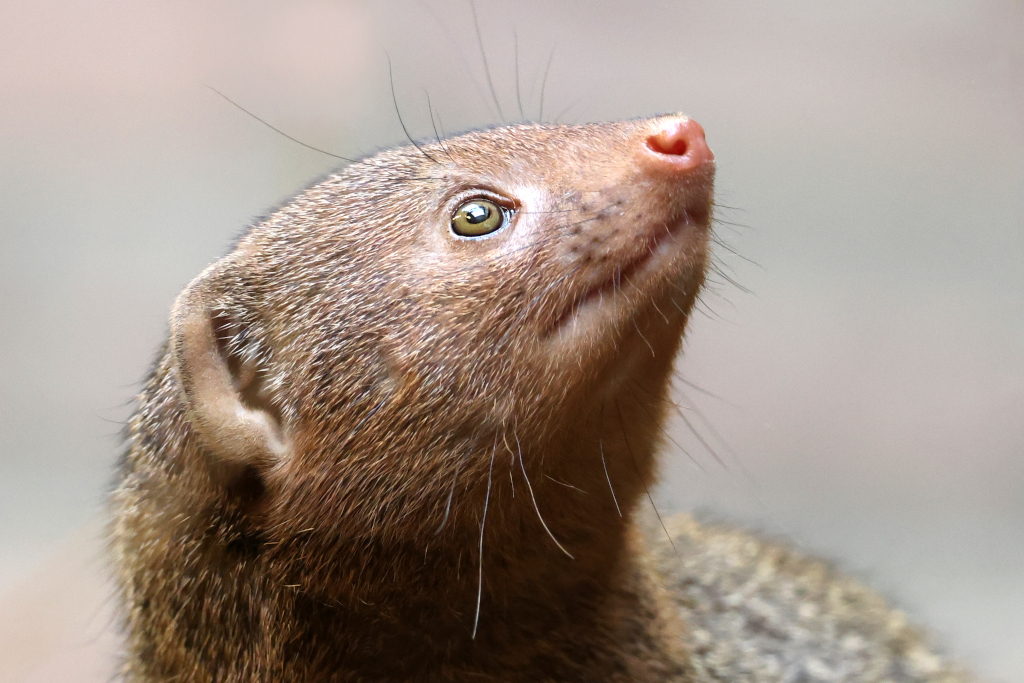Imagine spending years trying to save a species from extinction—only to realize it’s wiping out countless other species somewhere else. It sounds like an ecological paradox, but it’s a very real (and very strange) challenge faced by conservationists today.
In a twist that nature seems to have scripted ironically, some animals that are endangered in their native environments have become invasive monsters when introduced elsewhere. It’s like watching the underdog become the villain in another story—and it leaves scientists, governments, and local communities asking the same question:
How do you protect a species in one part of the world… and control it in another?
The puzzle: endangered at home, invasive abroad
This contradiction isn’t just theoretical—it’s playing out across countries and ecosystems, with heartbreaking consequences. Here are four species that demonstrate this bizarre global double life:
- American Mink (Neovison vison): Native to North America, some mink populations are dwindling due to fur farming and habitat loss. But in Europe and South America, where they were introduced for fur operations, these minks escaped and began devastating native birds, fish, and amphibians.
- American Bullfrog (Lithobates catesbeianus): In parts of its original range in the eastern U.S., habitat reduction has made bullfrogs vulnerable. Elsewhere—like Europe, Asia, and over 40 countries globally—they’re unstoppable. With strong legs and even stronger appetites, they outcompete native frogs and devour anything that fits in their mouth.
- Lionfish (Pterois volitans and P. miles): These striped beauties are native to the Indo-Pacific and not considered threatened there. But after a few were released off the Florida coast in the 1980s (likely from aquariums), they exploded in number across the Atlantic and Caribbean. With no natural predators and a diet of reef fish, lionfish have wreaked havoc on coral ecosystems.
- Small Indian Mongoose (Herpestes auropunctatus): Introduced to tropical islands to “control rats,” this cunning predator became a nightmare instead. On many islands in the Caribbean and Pacific, it decimated native species, especially flightless birds, reptiles, and amphibians. Irony? In parts of its native Southeast Asia, it’s threatened by habitat destruction.
Famous experiments gone wrong
This isn’t a new problem—it’s a pattern repeated across decades. In the 19th century, the mongoose was introduced to sugarcane plantations in Jamaica and Hawaii as biological pest control. But unlike the rats they were supposed to eliminate, mongooses forage during the day—meaning they missed the nocturnal rats and turned to easier prey: native birds and reptiles.
Similarly, lionfish populations ballooned after early aquarium releases in Florida. An updated 2025 NOAA study showed how fast they colonized the Atlantic, highlighting their adaptability and reproductive capacity (a single female can produce up to 2 million eggs a year!).
So what do we do?
Here’s where things get messy.
Invasive animal management is hard enough. Add public sympathy—“but it’s endangered!”—and it becomes even more controversial. In some cases, governments have had to cull populations of invasive endangered animals. In other cases, they’re protected under international agreements, complicating management efforts.
Conservation takeaways:
- Conservation must be global and context-specific. A species’ status in one country doesn’t reflect its impact somewhere else.
- We need smarter introductions (or fewer). Many invasions began with the best intentions—and little research.
- Education matters. Global citizens need to understand that “endangered” doesn’t always mean “innocent.”
But wait… even more nuance
Some scientists have begun rethinking invasive species altogether. In a study found on PhilArchive suggested that climate change may blur the line between ‘native’ and ‘non-native,’ especially as species are pushed into new regions to survive.
So perhaps the question isn’t just: “Where does this species belong?”
It’s: “What kind of balance can we create, before the ecosystem tips too far?”
The big picture
Species like the American bullfrog and lionfish are cautionary tales—reminders that nature doesn’t see borders, and that one person’s endangered treasure might become another’s ecological nightmare.
The good news? With better science, global communication, and early action, we can learn from past mistakes.
Because in the end, conservation isn’t just about saving species—it’s about protecting balance. Even when the lines get messy… and sometimes, invasive.




Leave a Comment